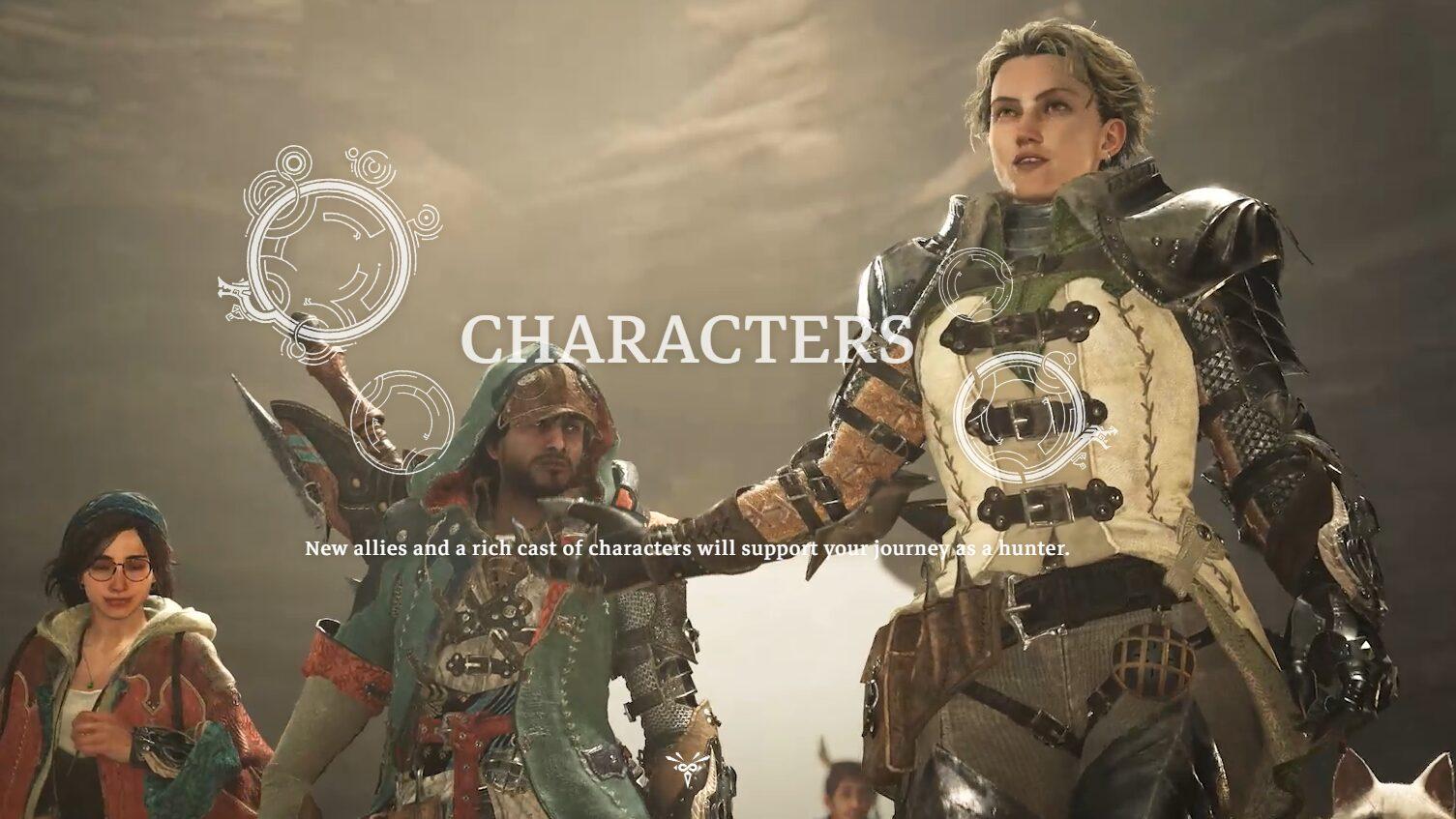The Evolution of Fire Emblem: How the Series Has Changed Over Time
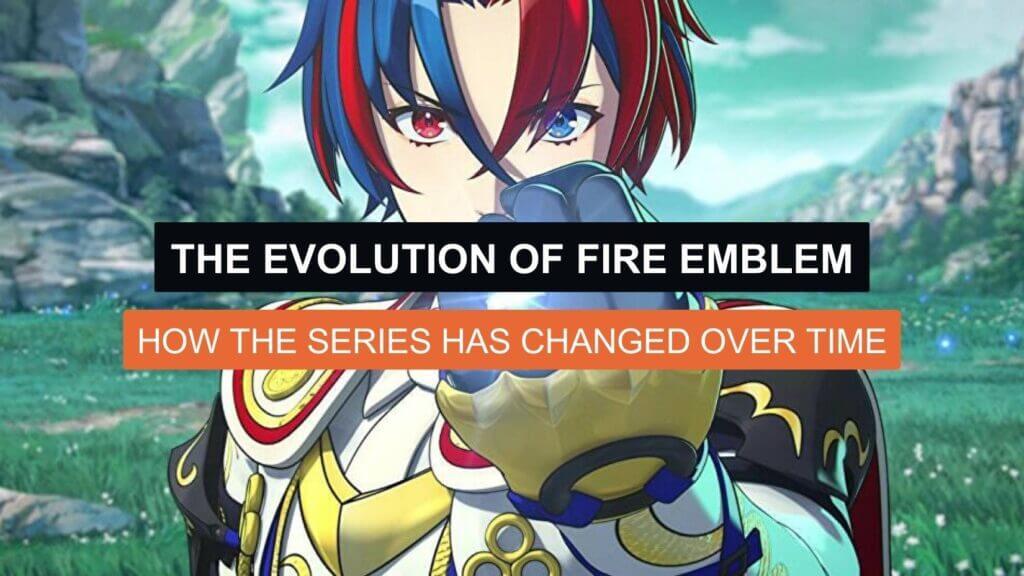
The Fire Emblem series is a fantasy tactical role-playing game franchise developed by Intelligent Systems and published by Nintendo. It was first released in 1990 for the Famicom and has since grown to include 17 core entries and 5 spin-offs. The series is known for its gameplay which combines tactical movement on a grid-based map with a story and characters similar to traditional role-playing games.
In this article, we will take a deep dive into the evolution of the Fire Emblem franchise. We will in detail go over the games that have been developed and released under their name. You will see how they performed financially and how the gaming community reacted to the games’ release. We will also try to cover the technological advancements the franchise has brought in each iteration of the game.
Without delaying further, let’s get into it.
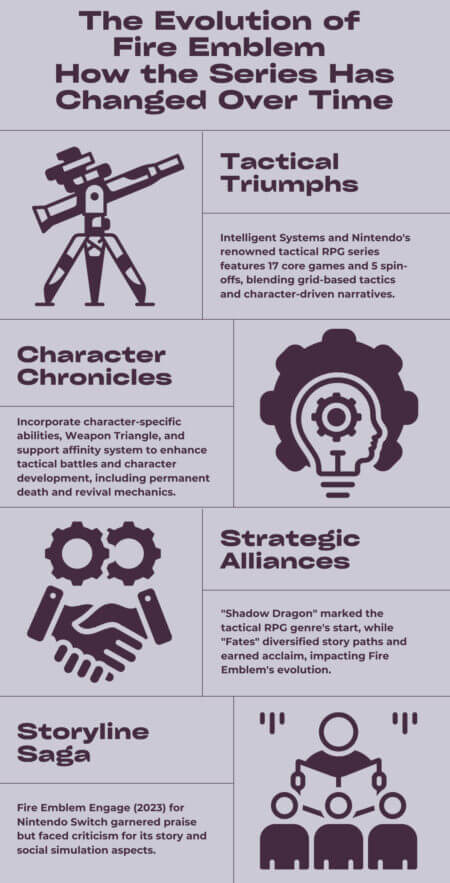
Gameplay
Fire Emblem is a fantasy tactical role-playing game franchise developed by Intelligent Systems and published by Nintendo. The series currently consists of seventeen core entries and five spinoffs. Gameplay revolves around the tactical movement of characters across grid-based environments. It features a story and characters similar to traditional role-playing video games.
The developers of Fire Emblem have described it as an “RPG simulation”. This game combines tactical simulation gameplay with the plot and character development of a role-playing game. This creates a sense of connection with characters that is not present in previous tactical games.
In the Fire Emblem series, battles take place on a grid-based map and the player controls a set number of characters across maps that are tied to both the game’s story and optional side stories. Each character has a specific character class, which gives them set abilities and affects how far they can move across the field. Some character classes have innate skills that are unique to them, and each character has its own stats. Depending on the series of installments, a character’s class can be changed or upgraded, sometimes with the requirement of special items.
During a battle, each character gains experience points by performing actions such as attacking an enemy, healing an ally, or slaying a foe. When a certain level is reached, the character levels up, and new skill points are awarded randomly to a character’s attributes, such as the character’s health, agility, or strength. The more a character is used in battle, the more experience that character gains.
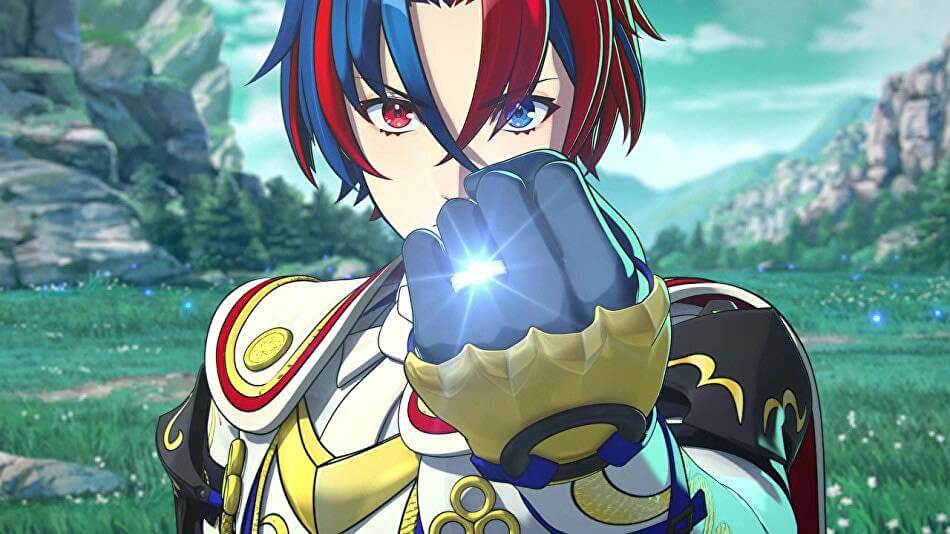
Key Element
A key element in combat since Genealogy of the Holy War is the Weapon Triangle, a system governing the strengths and weaknesses that certain weapons and types of magic have against each other in a rock-paper-scissors fashion. For weapons, lances are stronger than swords, swords are stronger than axes, and axes are stronger than lances. In the magic system, fire is stronger than wind, the wind is stronger than thunder, and thunder is stronger than fire. From The Binding Blade through Radiant Dawn, these three elements are collectively known as anima magic.
Characters can also develop relationships through support affinity, which can increase their battle abilities. The series also features a system where characters can have children who inherit certain skills and stats from their parents. Permanent death is a recurring feature in the series, where defeated units are permanently removed from the party, with few exceptions. However, later games have introduced Casual Mode and Phoenix Mode, which allow for the revival of dead characters. Additionally, Fates introduced the concept of a customizable castle, known as “My Castle,” which serves as the player’s base of operations throughout the game.
Development
The Fire Emblem series began as a dōjin project created by Shouzou Kaga and three other students. However, the game’s unexpected commercial success prompted the development of more games in the series. The game was developed by Intelligent Systems, whose previous notable game was the strategy game Famicom Wars. Kaga worked on the Fire Emblem series until Thracia 776 when he left Nintendo and began development on Tear Ring Saga for the PlayStation. After Thracia 776, the Fire Emblem series had several releases on portable devices.
In 2001, Marth and Roy, from Shadow Dragon and the Blade of Light and The Binding Blade respectively, appeared as playable characters in Super Smash Bros. The positive reception of the characters led to Nintendo’s decision to localize The Blazing Blade for Western regions under the title Fire Emblem. Due to its success overseas, it was decided to return the series to home consoles for Path of Radiance for the GameCube.
Despite it arriving late in the GameCube’s life cycle, it provided a late boost to sales, reaffirming Nintendo’s faith in the series. By 2010, the series was suffering from declining sales. At that time, Nintendo told Intelligent Systems that if their next Fire Emblem failed to sell above 250,000 units, the series would be canceled.
This prompted Intelligent Systems to include many features new to the series with the intention of making it the culmination of the entire series up to that point. The game’s reception and sales ended up saving the series from cancellation, convincing Nintendo to continue production.
Music and Sound
The series’ original music was composed by Yuka Tsujiyoko. She acted as both composer and sound director. She continued up until Thracia 776 when she left the company to become a freelancer after completing the score for Paper Mario. Her notable works are Fire Emblem games, alongside other composers including Saki Kasuga, Hiroki Morishita, and Rei Kondoh. The series includes several other notable staff members, including Tohru Narihiro who was involved in every Fire Emblem since the original; Masahiro Higuchi, who began as a graphics designer for Genealogy of the Holy War; and Kouhei Maeda, who wrote the scenarios for every game since The Blazing Blade and became a director for Awakening.
Successful Production By the Franchise
This section of the article covers the most successful game produced by the Fire Emblem franchise.
1. Fire Emblem: Shadow Dragon and the Blade of Light
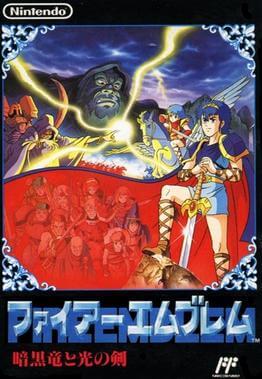
Shadow Dragon and the Blade of Light is the first game in the Fire Emblem series, released in 1990 in Japan, it takes place on the continent of Archanea. The main protagonist, Marth, is the prince of Altea. He must reclaim his throne after being exiled by the evil sorcerer Gharnef and his master Medeus, the Shadow Dragon. To do this, Marth forms alliances with neighboring kingdoms. He builds an army to retrieve the sacred sword Falchion and the Fire Emblem shield to defeat Gharnef and Medeus and save his kingdom. The gameplay is turn-based and takes place on grid-based maps, with defeated units being permanently removed from the game.
Fire Emblem was developed beginning in 1987 by designer and writer Shouzou Kaga, who aimed to blend the strategic elements of Intelligent Systems’s previous project, Famicom Wars, with the story, characters, and world of a traditional role-playing game, drawing inspiration from Kure Software’s First Queen (1988). Keisuke Terasaki directed the game, Gunpei Yokoi produced it, and Yuka Tsujiyoko composed the music.
Due to the game’s large scale, the development team had to find ways to overcome memory storage limitations. So they had to make compromises with the graphics and storyline. Despite mixed reviews, the game later gained popularity and went on to launch the Fire Emblem series. It is also credited with popularizing the tactical role-playing genre.
Fire Emblem was officially localized and released outside of Japan for the first time on the Nintendo Switch on December 4, 2020, as part of the franchise’s 30th anniversary celebration. This updated version of the game includes new features aimed at improving the player experience, such as the ability to fast-forward and rewind through both player and enemy turns, and the option to create suspend points during gameplay.
Background Story
The story of Fire Emblem revolves around the continent of Archanea. The region was once invaded by the Dolhr Empire led by the Shadow Dragon Medeus. A youth from Altea named Anri defeated the Shadow Dragon using the divine sword Falchion, and the kingdom of Archanea was restored and the world entered an era of peace. However, 100 years later, Medeus is resurrected by the evil wizard Gharnef, who has conquered the mage-state of Khadein. The two form an alliance with the kingdoms of Macedon and Grust in order to conquer the world.
The story follows Prince Marth of Altea, who is forced into exile after his kingdom is betrayed and his father and sister are killed. He takes refuge in the island nation of Talys. He then eventually sets out on a quest to reclaim his kingdom and defeat the Dolhr Empire. In the journey, he forms new alliances and gathering an army. He must also retrieve the sacred sword Falchion and the Fire Emblem shield. It is required to defeat Gharnef and Medeus and save his kingdom.
Throughout his journey, Marth battles various enemies, rescues allies, and uncovers the truth behind the resurrection of Medeus. With the help of a wise old sage named Gotoh, he ultimately invades Dolhr, defeats Medeus, and restores peace to the land. If Caeda, the princess of Talys, has survived the events of the game, she and Marth declare their love for one another.
Legacy
The game is credited with popularizing the tactical role-playing genre in Japan, serving as the basis for nearly all subsequent Fire Emblem titles and indirectly influencing the creation of other notable games like Tactics Ogre: Let Us Cling Together, Final Fantasy Tactics, and the Disgaea series. It also pioneered multimedia advertising through its use of live-action television commercials and magazine previews.
2. Fire Emblem Fates
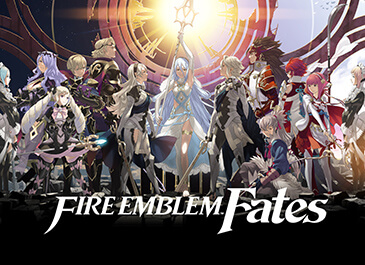
Fire Emblem Fates is a tactical role-playing game that is part of the Fire Emblem series. The game’s story follows the protagonist, Corrin. They are forced to choose between supporting their birth kingdom of Hoshido or their adopted kingdom of Nohr.
In the third story path “Revelation”, the protagonist rallies both sides against the true enemy behind the war. The gameplay is similar to previous Fire Emblem games. With the tactical movement of units across a grid-based battlefield and new features and refinements added to the original gameplay.
The game was split into multiple versions, Birthright, Conquest, and Revelation, to provide different Fire Emblem experiences. Upon release, it received highly positive reviews and was praised for its new features and improved story. However, sales of Fates will cease on February 28, 2023, due to the Nintendo eShop’s closure on March 27, 2023.
Background Story
Fire Emblem Fates is a fantasy game that takes place in the kingdoms of Hoshido and Nohr, which are in a state of war. The two kingdoms share a similar lineage from ancient dragons but worship different dragon deities. The game’s main character is the Avatar, Corrin, who is a member of the Hoshidan royal family but was captured by Nohr as a child and has the unique ability to transform into a dragon.
The game also features Azura, a member of the Nohrian royal family who joins Corrin in their journey. The game explores the conflict between the two kingdoms, as well as the hidden motives of the dragon deity, Anankos, who seeks to destroy humanity. Other key characters include Corrin’s siblings, the Hoshidan and Nohrian royalty, and Anankos. The game also features returning characters from Fire Emblem Awakening.
Corrin is forced to choose between siding with his biological family in Hoshido or his foster family in Nohr. In the Birthright route, Corrin chooses Hoshido and helps defend their country from Nohr’s invasion. Corrin ultimately kills Garon and the war ends with Hoshido’s Ryoma as king and Nohr’s Leo as king, bringing peace between the two countries.
In the Conquest route, Corrin chooses Nohr and works to change their reputation while also fighting against Hoshido. Corrin ultimately kills the false Garon and the war ends with Hoshido’s Hinoka as queen. On the other hand, Nohr’s Xander as king, forming a peaceful alliance between the two countries. In the Revelation route, Corrin chooses neither and instead works with Azura to defeat the true enemy, the dragon Anankos. Corrin ultimately kills Anankos, becomes ruler of Valla, and establishes everlasting peace between the three kingdoms.
Legacy
Corrin is a playable character in the Super Smash Bros. video game series, appearing in both Super Smash Bros. for Nintendo 3DS and Wii U and Super Smash Bros. Ultimate. They were released as downloadable content on February 3, 2016, and are part of the base roster in Ultimate. Additionally, Corrin was added as a playable character in the mobile game Fire Emblem Heroes and the hack-and-slash game Fire Emblem Warriors. Amiibo figures of Corrin were also released and can be scanned into other Fire Emblem games to unlock bonus content.
3. Fire Emblem Engage
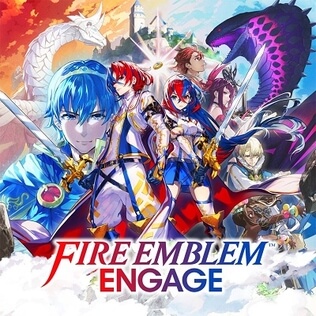
Fire Emblem Engage is a game developed by Intelligent Systems and published by Nintendo for the Nintendo Switch. It is the latest installment in the Fire Emblem series and was released on January 20, 2023. The game received generally positive reviews from critics. The players praised its gameplay, score, and visuals. However, they also said that the story and social sim elements could have been better compared to its predecessor, Fire Emblem: Three Houses.
Fire Emblem Engage features gameplay similar to previous entries in the series. However, it introduces a new feature called “Emblem Rings”. It allows players to recruit and fight alongside characters from previous Fire Emblem games as allies in battle.
Background Story
Fire Emblem Engage is set in the fantasy world of Elyos. The story follows a character named Alear, who awakens from a thousand-year slumber to find that the evil Fell Dragon Sombron has been unsealed and is threatening the land.
Alear possesses an Emblem Ring, which allows them to summon the spirit of Emblem Marth to assist in battle. Alear sets out to protect Elyos, with the goal of recovering more Emblem Rings. They ultimately face Sombron in a final confrontation.
Along the way, Alear befriends a young girl named Veyle, who is revealed to be the daughter of Sombron and the sorceress responsible for killing Lumera, Alear’s adoptive mother. Alear ultimately sacrifices themselves to protect Veyle but is revived as the 13th Emblem and successfully defeats Sombron. In the end, Alear becomes the new Divine Dragon Monarch, but it is hinted that their journey with the Emblems is not over.
Legacy
The game was released on January 20th, 2023, so there is not much about the legacy of the game. However, critics have praised the gameplay and technical approach of the developers. (Generic Ambien) But hinted that the story of the game could be better.
Changes over the years
Fire Emblem as a franchise has seen many changes over the year. The technical side is obviously enhanced over the years. Besides that, the game is made more engaging and the storylines for each iteration are more attractive.
The graphics of the game has changed drastically over the years. The effects added to the game over the year need appreciation in particular. However, there are some critics who think that the story of the games could be better. Despite that the game didn’t affected the producers financially. It has not been the top game yet it is above there somewhere.
Conclusion
In this article, we have covered the evolution of the Fire Emblem series. This article covers all the aspects of the game. We also covered the general gameplay of the game and also covered the best games from the series.
We have also described briefly how the franchise has evolved over the years technically. Hopefully this article will help you get an insight about the game. And if you are looking for the cheapest trending games today, stick with us at Electronic First, and be sure to check us out for more guides, reviews and news on the latest and upcoming games.
Also if you’re interested in earning with Electronic First as soon as today, check out our affiliate program. You can share your link with friends, family or anyone. Sign up today to reap the rewards!




